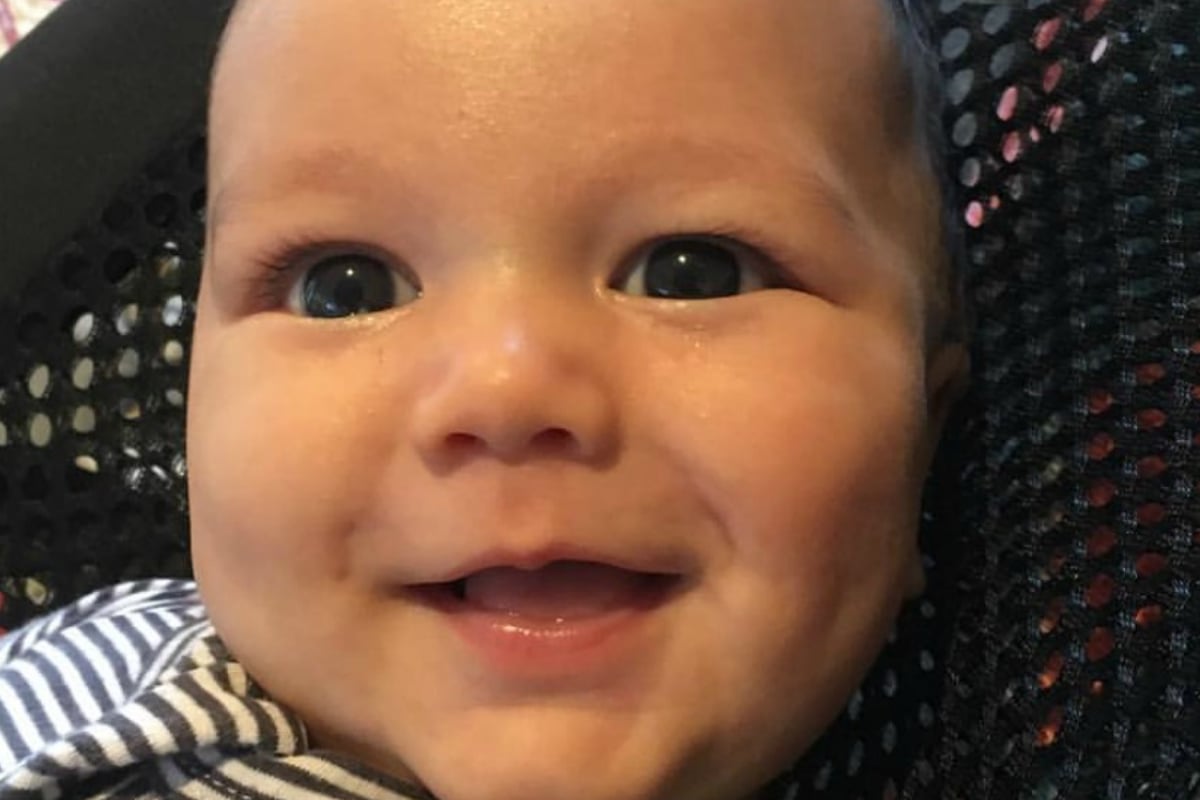
-With AAP.
1. ‘I watched his little chest stop moving.’ Parents who lost three-month-old baby in Bourke St attack relive the tragic day.
The father of a baby boy killed in Melbourne’s Bourke Street rampage has described listening to his final heartbeats and “trying desperately to hold onto the moment”.
Three-month-old Zachary Bryant was in a pram with his big sister Zara when James Gargasoulas, now 29, drove his car along footpaths and through a busy pedestrian mall while in a drug-induced psychosis on January 20, 2017.
He killed six people and injured dozens more.
Zachary and Zara were thrown from the pram, which became wedged in the smashed windscreen of a stolen car driven by Gargasoulas.
Zara survived despite suffering serious head injures, but Zachary died in hospital.
On his way to be by their side, dad Matthew had no idea of their condition.
“At that point all I could do was pray, pray for some kind of miracle that they would pull through, but in my heart I already knew my son had already left us,” Mr Bryant told a plea hearing for Gargasoulas in the Supreme Court of Victoria on Wednesday.
“I held him for the last time, trying desperately to hold onto the moment, not wanting to let go.”
After his life support was turned off, the next time Mr Bryant and wife Nawwar Hassan-Bryant saw their baby son, he was “freezing cold” before his burial.
“When Zachary left us, I felt a part of me die with him,” Mr Bryant said.
“I feel a constant guilt and failure that I was not there to protect my son and daughter.”

Top Comments
The Bourke St killer should get life sentences to be served consecutively... he should never ever be released :((